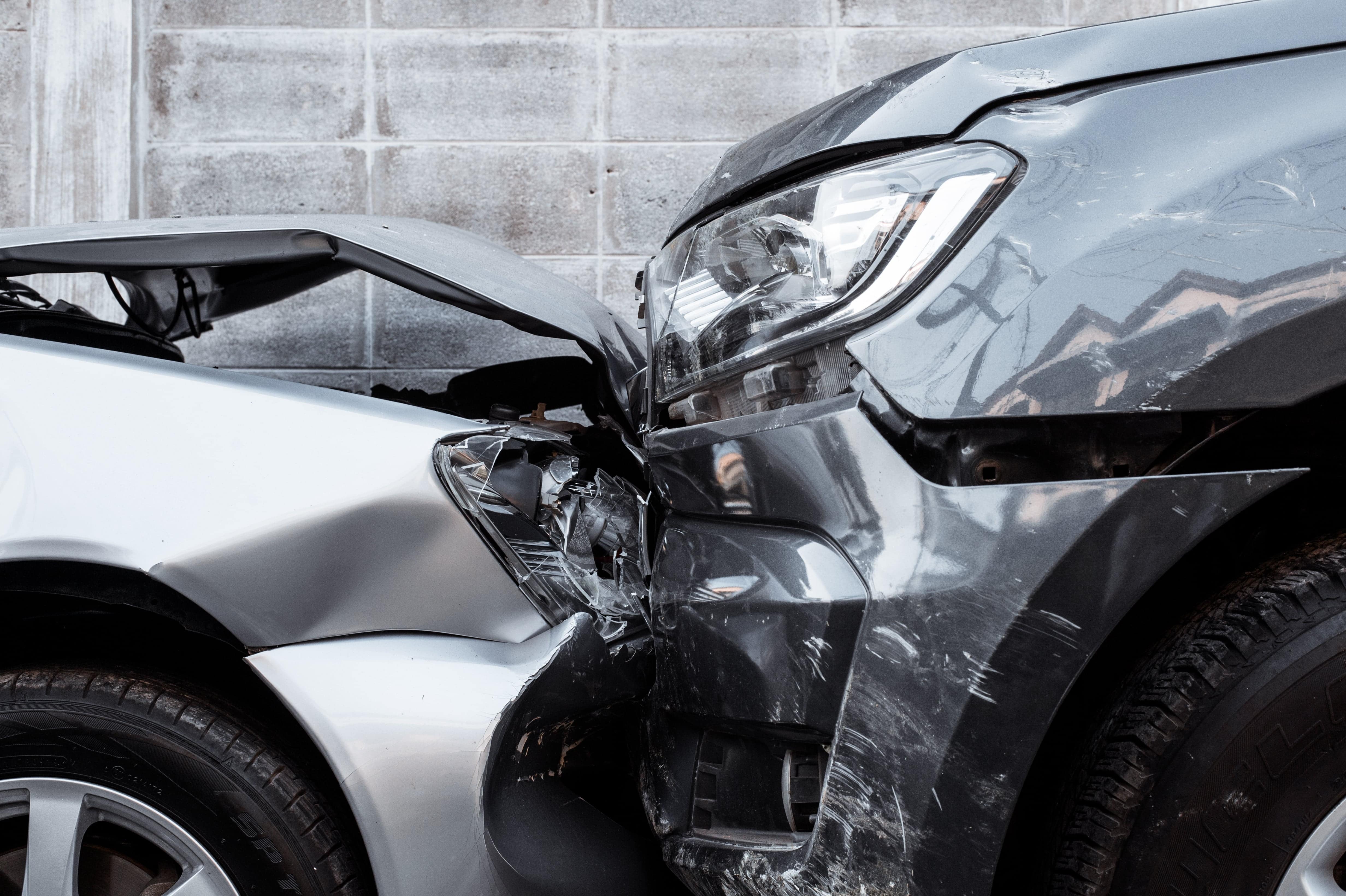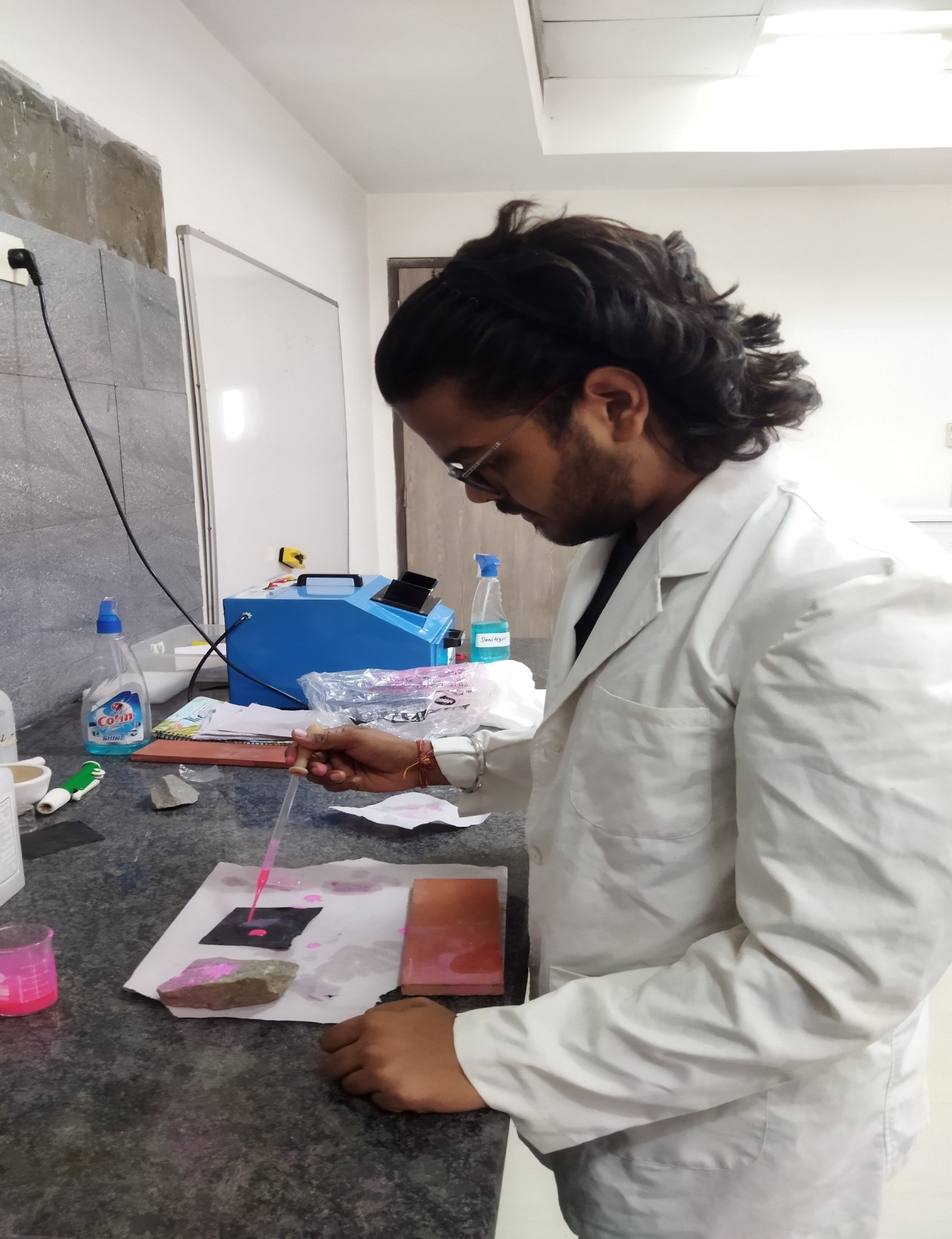How would you define ‘dangerous driving’? Here’s how the term is being redefined by the Motor Vehicles (Amendment) Bill 2019.
The much-awaited Motor Vehicle (Amendment) Bill 2019 is all set to become a law once the Rajya Sabha passes it.
Once passed, the bill aims to bring more discipline on the roads, improve efficiency and bring down corruption. It will be a welcome and timely step towards improving traffic management and, as a result, road safety in India.
However, there are serious issues in the area relating to the definition of offences and the penalties which can derail the good the bill has set out to achieve. A few sections of the proposed bill, if passed, will have the exact opposite effect.
The very definition of the offences and the penalties thereof are open to being misinterpreted and misused grossly.
These will end up creating confusion, encouraging corruption and causing public harassment.
Therefore, these amendments must be corrected before the bill becomes a law.
One such proposed amendment is in Clause 64 under section 184 of the Motor Vehicle Amendment Bill, 2019.
What is Amendment 184?
Clause 64 in Section 184 of the amendment bill seeks to redefine the term ‘dangerous driving.’
According to the clause, dangerous driving is, “A manner of driving which causes sense of alarm or distress to the occupants of the vehicle, other road users, and persons near roads.”
The amendment further explains that the following will be considered dangerous driving:
- Jumping a red light
- Violating a stop sign
- Use of handheld communication devices while driving
- Passing or overtaking other vehicles in a manner contrary to law
- Driving against the authorised flow of traffic
- Driving in any manner that falls far below what is expected of a competent and careful driver (The logic given here is that a competent and careful driver would know if he/she were not driving responsibly and stop).
Implications of Amendment 184
- This amendment, if it becomes a law, would encourage corruption.
- It would lead to rampant harassment of the public at the hands of unscrupulous law enforcement agencies.
- It would lead to utter confusion, and in many cases, also anger and a lot of unnecessary litigation.
Even in developed economies, offences such as stop sign violation, jumping a red light etc. are not defined as dangerous driving in the country’s primary law for motor vehicles.
Red light jumping at high speed would definitely be within the scope of dangerous driving.
However, jumping a red light on an isolated junction may not be considered dangerous driving.
In such a scenario, who will decide whether the person who jumped a red light should be fined under ‘dangerous driving’ or under a different offence?
Most of the offences defined as ‘dangerous driving’ under Section 184 of the Motor Vehicle Amendment Bill, 2019 are dependent on the scientific, standardised and efficient working of traffic control devices.
Erroneously placed, improperly installed and deficiently maintained devices multiply the number of traffic violations.
These should not be put down as being committed wilfully by road users.
Instead, the first and foremost agenda should be to bring all of the above in order.
To understand the sheer state of disarray of our road signage, an extensive study done by IRTE (Institute of Road Safety Education), a not-for-profit research-based organisation with over 28 years of dedicated services in the field of road safety.
The study was carried out on representative stretches of the National Capital Region.
The objective of the study was to understand whether the installation and application of signage were carried out as per the recommended IRC (Indian Roads Congress) standards.
Also, whether the signages complied with the requirements of the Indian legislation and conformed to the UN Convention of Road Signs laid down in 1968.
The study was conducted during the period 2016 & 2017, covering 14 stretches.
Overall, 1514 signs were examined based upon the defined parameters. The actual usage of the roads where these devices were installed was also taken into account.
Here are some of the findings
- 75% (1098) of the signs did not meet the requirements of the IRC Code.
- One of the crucial non-standard applications observed was the insertion of a regulatory or warning sign with another colour board than the one prescribed.
- Out of the 1514 signs, 801 signs (54%) were inserted within rectangular boards of either blue or yellow colours. Such insertion of regulatory and warning signs loses the very purpose of colour recognition and therefore makes the signage non-standard. Only blue colour is permitted for mandatory regulatory signs as well as for information signs.
- 93% of the ‘Regulatory Signage’ was found to be violating the prescribed standards.
- 1430 stop signs, most installed on major roads near traffic signals, were examined. All were found to violate the prescribed design and colours as well as wrongfully installed.
- 58 of the 59 ‘Keep Left/ Right’ signs were not as per the prescribed standards.
- More than 90 per cent of the eight cornered ‘Right Of Way’ ‘STOP’ signage was either incorrect in shape and colour or was incorrectly installed.
The above findings are but a small indication of the actual state of affairs. Drivers are not aware of the faulty installation and become soft targets.
Therefore a sweeping redefinition of a term like ‘dangerous driving’ would open a Pandora’s Box of troubles on the Indian roads.
If passed, amendments like Section 184 could be and will be used to harass innocent drivers/ riders.
It would present a challenging situation for law enforces and create much confusion, adding to unnecessary litigation in the courts of law.
This law would open the flood gate to corruption as the general public would be forced to offer higher bribes to dishonest police officers.
Recommendation
According to Dr Rohit Baluja, President IRTE, and a respected and expert voice in the field of road safety, Section 184 should not be further interpreted.
As such an interpretation will affect the application of other related provisions in the Indian Penal Code.
Redefining ‘dangerous driving’ in this context would seem to limit the understanding to the mentioned six areas only and that too at the whim of the law enforcement officer present.
What are your views on Section 184? Do you agree with the views of this article? Do tweet your opinion, read up on it and talk to people. Let’s create awareness of the implications of this amendment as it will impact each one of us.









No Comments